I'm curious about something. On my bike, the first clutch pull in the morning has a little catch in it. Builds up tension and then lets go. It's always just the very first pull and it's always there, and it's always been that way. Something is settling in overnight, just for that first clutch pull.
It's been there through many changes, so I wonder if it's universal? It's been there through a new cable, through a new lever, through filing on the lever to smooth it on the cable, through a worm gear disassembly and regreasing, through a bushing change and a seal change, through many cover removals,
I don't consider it a problem but I wonder if anybody knows what I'm talking about...
Yeah, ran into something like that early on in these experiments. It went away after I reground the adjuster screw and pushrod ends. Figured that it may have been one or more of the balls settling to the bottom of the bore (either mainshaft or worm drive), then 'popping' into place in a dimple when the clutch was pulled. And, would remain in the dimple(s) after that, possibly due to grease sticktion or slack take-up. Since then, I've made sure to dimple the shaft at least a few thou so the ball(s) wouldn't fall all the way down in the bore.
Thanx for noticing this, I'll watch for this more closely as the experiments progress...

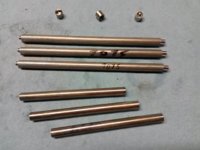
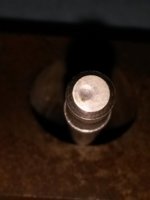
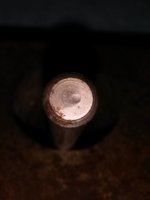
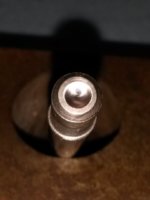
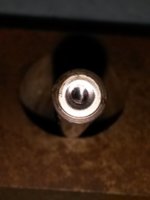
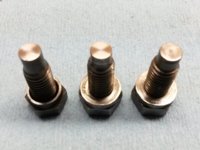
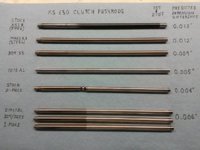

 theyre always pretty fast but not very careful haha
theyre always pretty fast but not very careful haha